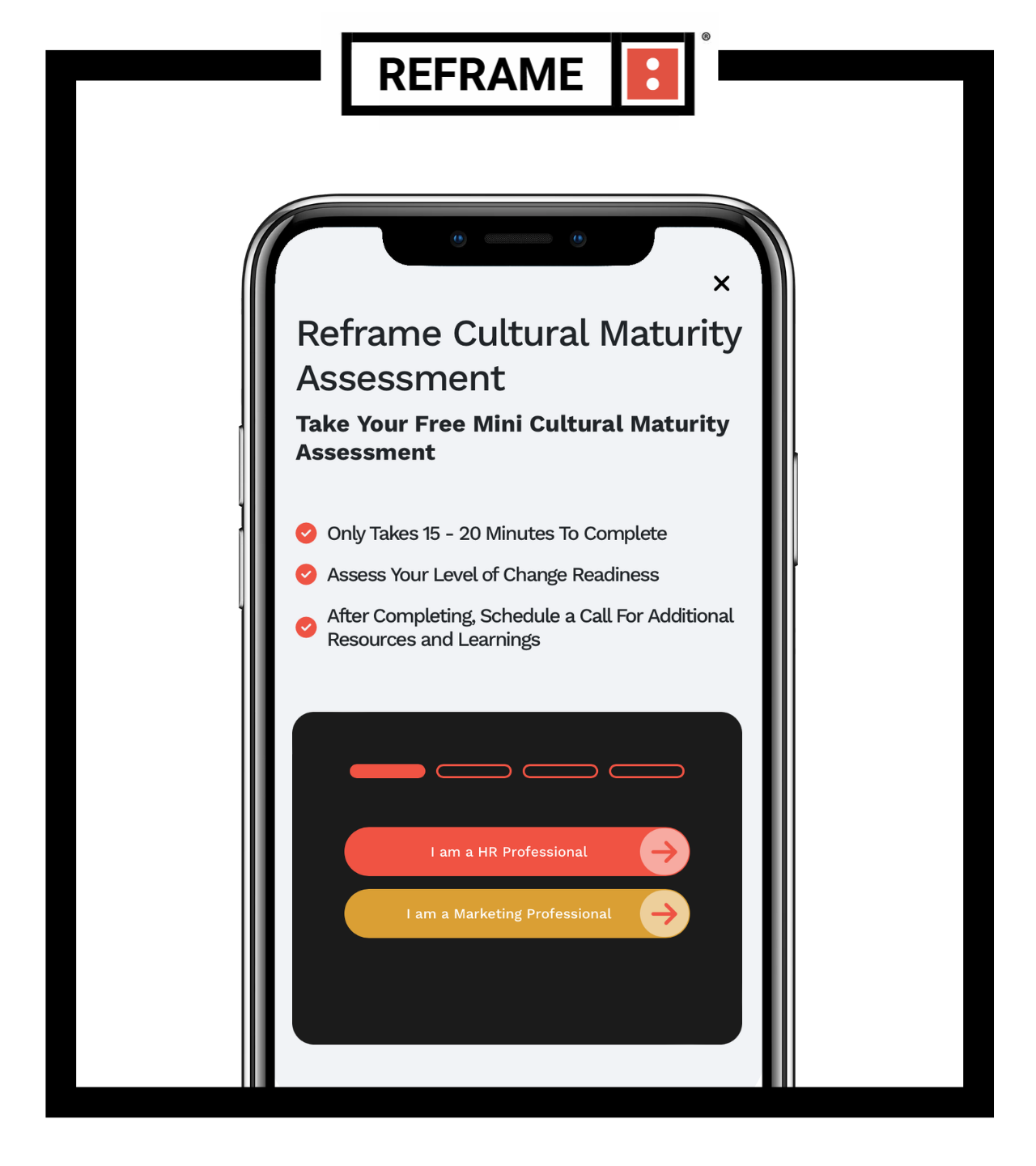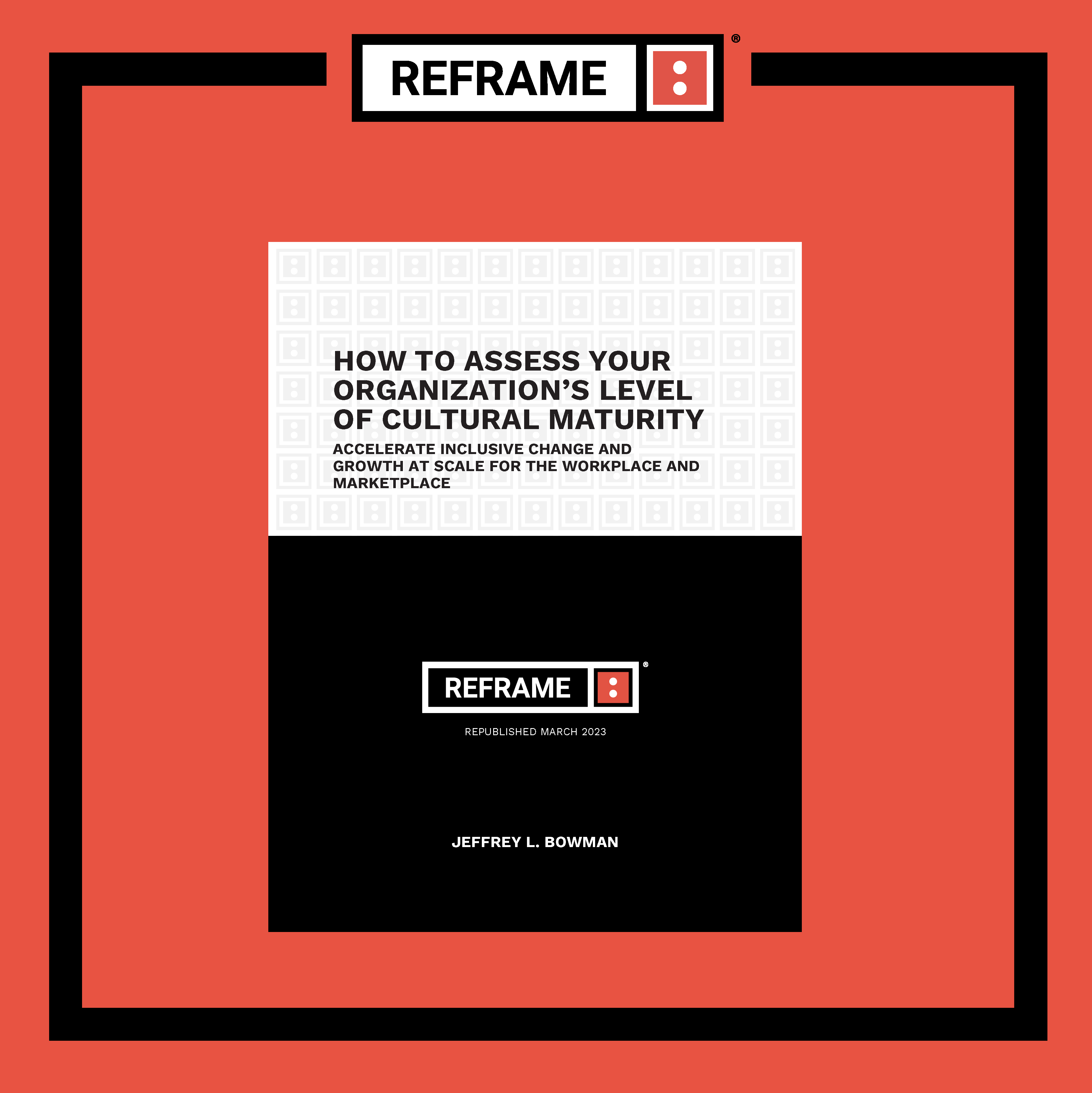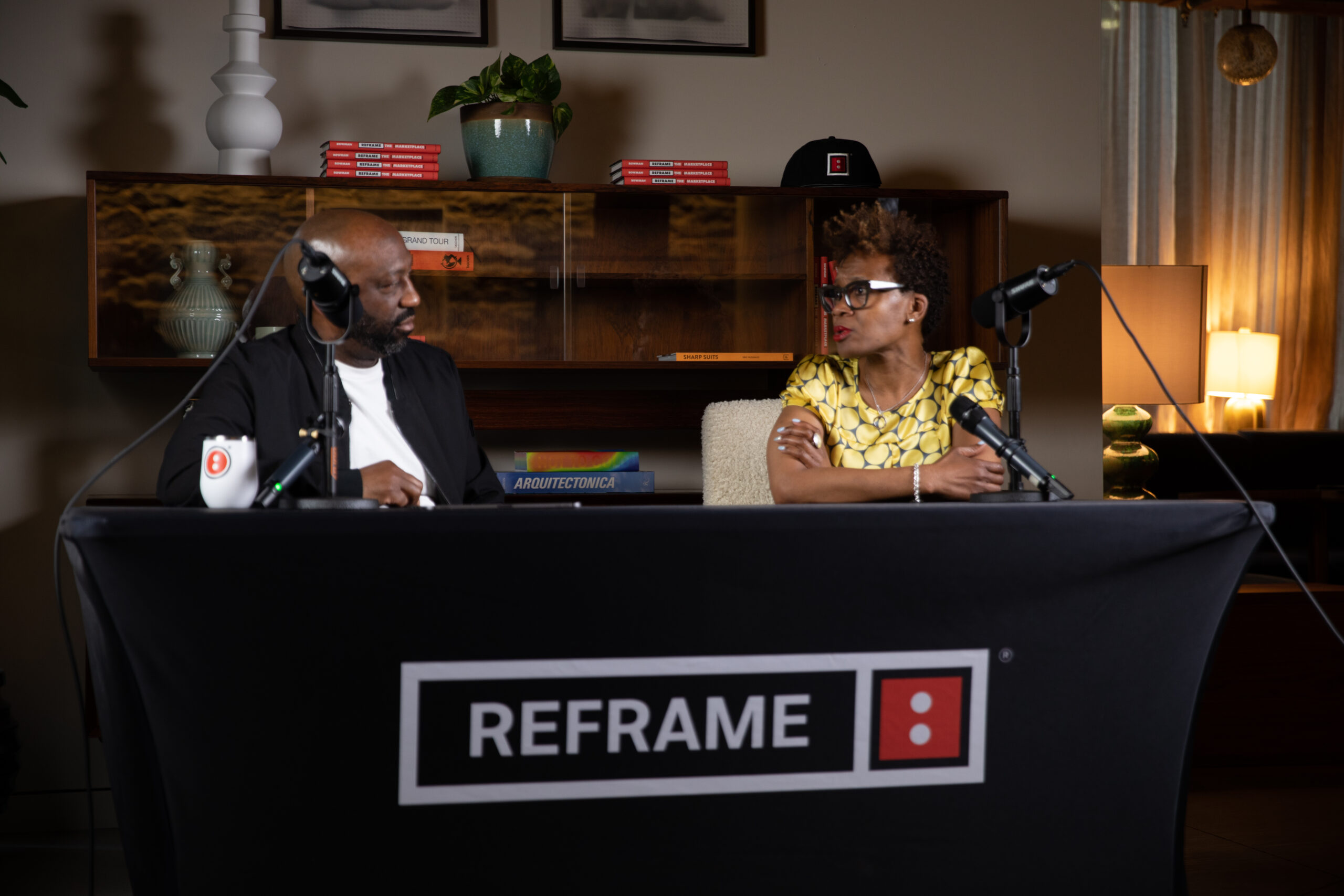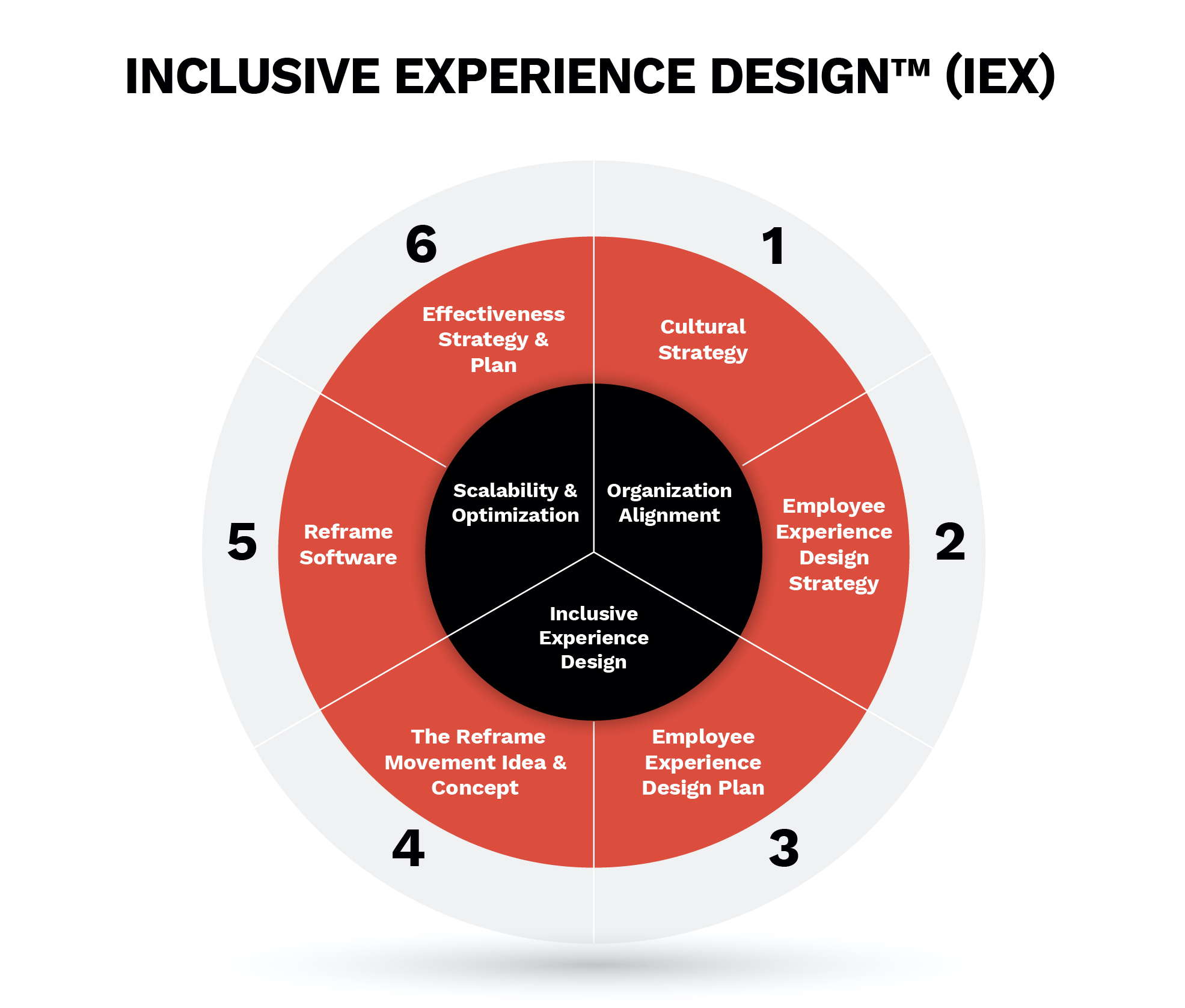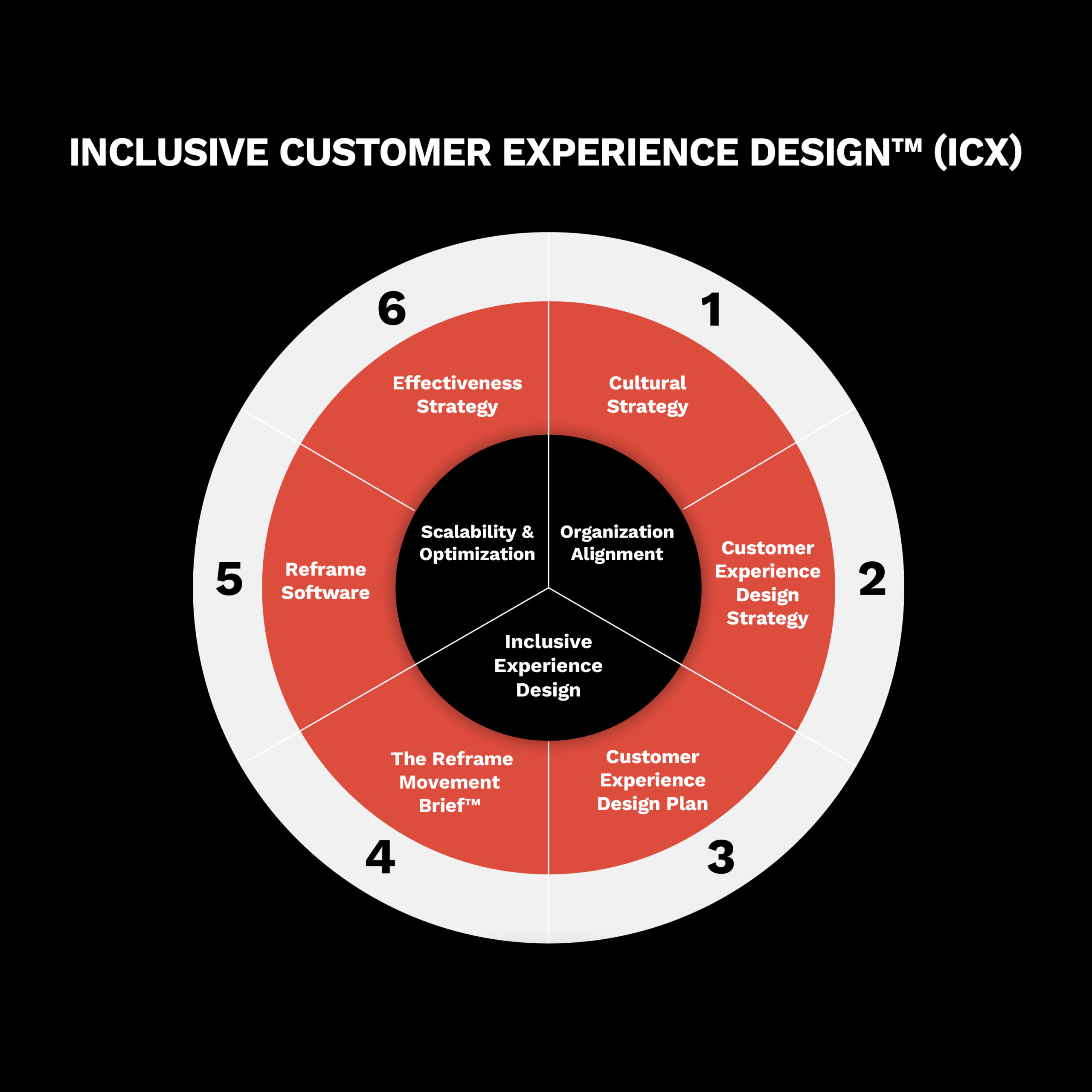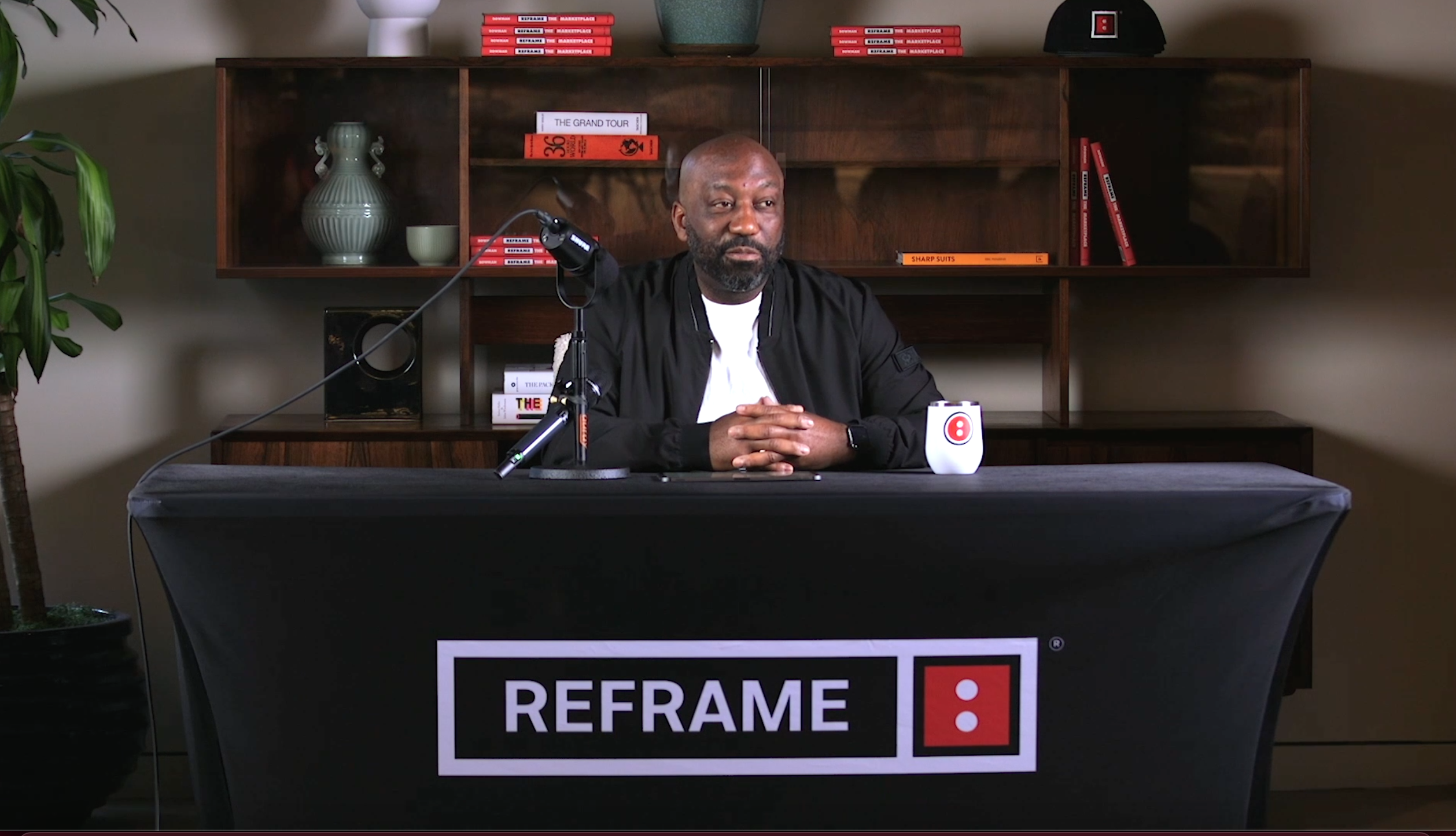Cross-Cultural Defined
The Five Stages of Culture – Stage 3
Cross-cultural: Celebration of attitudes and behaviors shared across several segments
In the United States, practices established by the US Census Bureau often shape how we define value based on race and ethnicity. This impacts how we use and understand terms like cross-cultural. Here’s why.
The term “multi-cultural” is commonly used in the same context as the term “minority.” This has led to the perception that “multicultural” is “less than” the whole. In this case, the whole is the majority or general market.
These same practices influence how many marketers perceive the financial value of any given audience. Each audience must fit cleanly into a box. Each box has a value.
Cross-culturalism suggests that there is no way, or no reason, to cleanly silo each race and ethnicity into one or more boxes. Why? New analytic tools have demonstrated that we now share similar as well as nuanced attitudes and behaviors across cultures. We share outside the box. This is most common in the youth and Millennial segments but impacts everyone to a degree.
In a cross-cultural society, we don’t just happily coexist (like we do in mono-cultural and multi-cultural societies). We share, we mingle, and we influence each other.
Cross-cultural marketers seek to find these shared attitudes and behaviors while maintaining the integrity of the original groups. In the workplace, this often takes place organically. A cross-cultural workplace creates an environment where like-interests are fostered and encouraged regardless of race or ethnicity.
Synonym – Hybrid
Where you might have seen this term used before:
Education – Crosscultural became a household term in the 1980’s and was taught in schools as an evolution of multicultural thinking. E.g. Josh and Theresa may both be dog lovers even though Josh is a young man from northern Europe and Theresa is a middle-aged woman from Latin America. Their interests define them more than their demographics.
Sociology – Crosscultural is used here to describe the study of how people from distinct cultures communicate and interact.
Potential workplace outcomes:
Positive –Migrates the focus from cultural groups based on demographics and into shared and nuanced behaviors.
Negative – Critics of cross-cultural thinking point out that it may ignore that the “cultures of origins” exist, oversimplifying people within the workplace and marketplace.
Examples of it in modern fiction and current events:
African Queen – Released in 1951, this classic is sometimes referred to as one of the earliest productions including a crosscultural theme or plot. Characters from different classes and nations are bonded in a strange land over a shared attempt to escape and then destroy the enemy.
The Village People – The disco music craze of the 70’s and 80’s transcended many classes, races, and ethnicities and brought the LGBT community forward into a broader part of the population.
A Neighborhood – Two neighbors from different races and/or ethnicities may bond over shared local interests and activities such as school zoning, homeowners associations, climate, resources, and/or local politics.
Example images:
While collectively these images represent a variety of people, cultures, and ethnicities they show them through the lens of an additional commonality with shared characteristics as well as nuanced based on ethnic culture.
This article is the third in a five-part series on closing the generational cultural gap between the workplace and the marketplace. Originally published in Reframe The Marketplace: The Total Market Approach to Reaching the New Majority, today’s workplace is two generations culturally removed from the marketplace. This article series provides a contextual lens on workplace and marketplace cultural definitions – understanding these nuanced differences can help identify and #closethegap between the workplace and marketplace.
Interested in learning more about how to capture your total addressable market? Please be sure to check out these posts:
The Age of Accelerations: Why The Workplace Must Change To Meet The Demands of The New Marketplace
Mono-cultural Defined
Multi-cultural Defined
Cross-cultural Defined
Trans-cultural Defined
Or get the industry’s first “how to” guide Reframe The Marketplace: The Total Market Approach to Reaching the New Majority
Related Blog Articles
